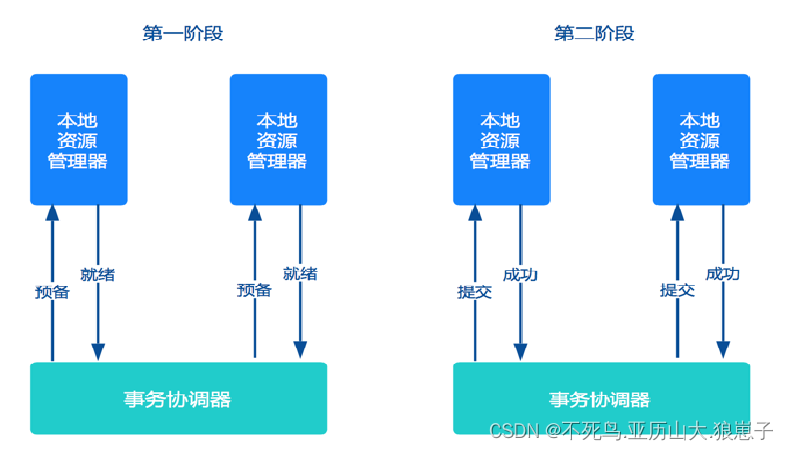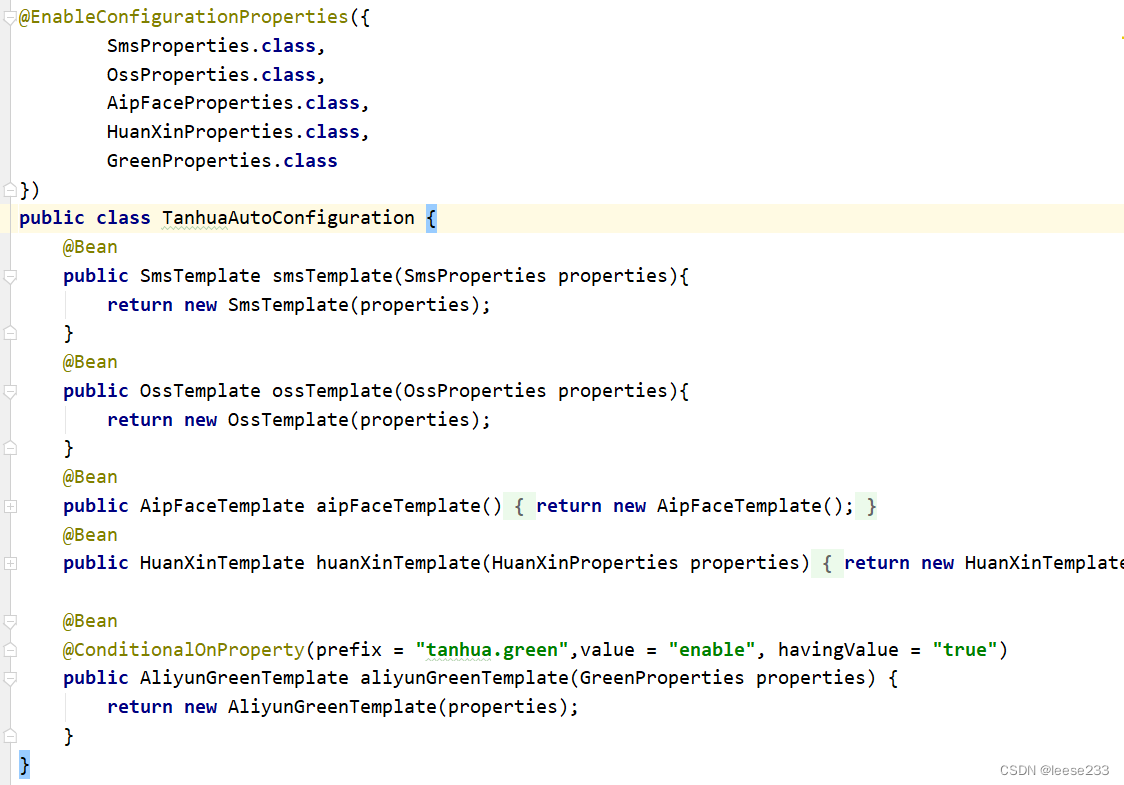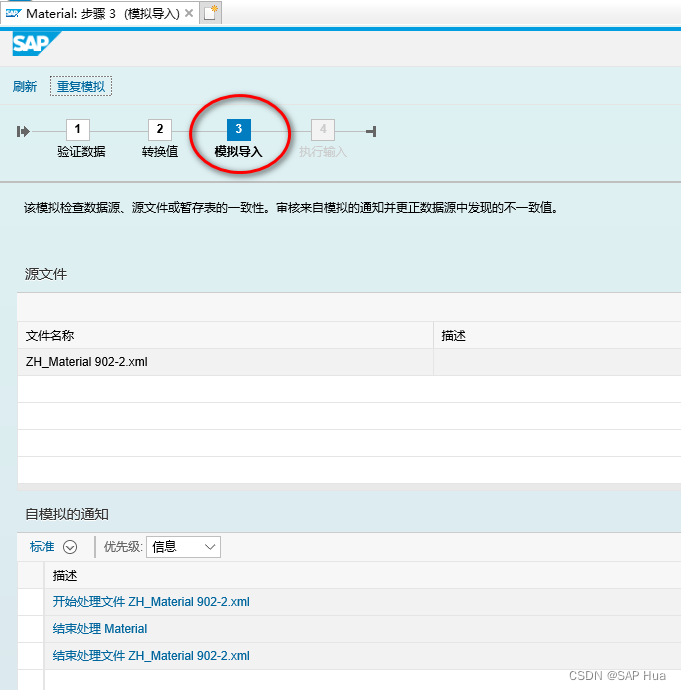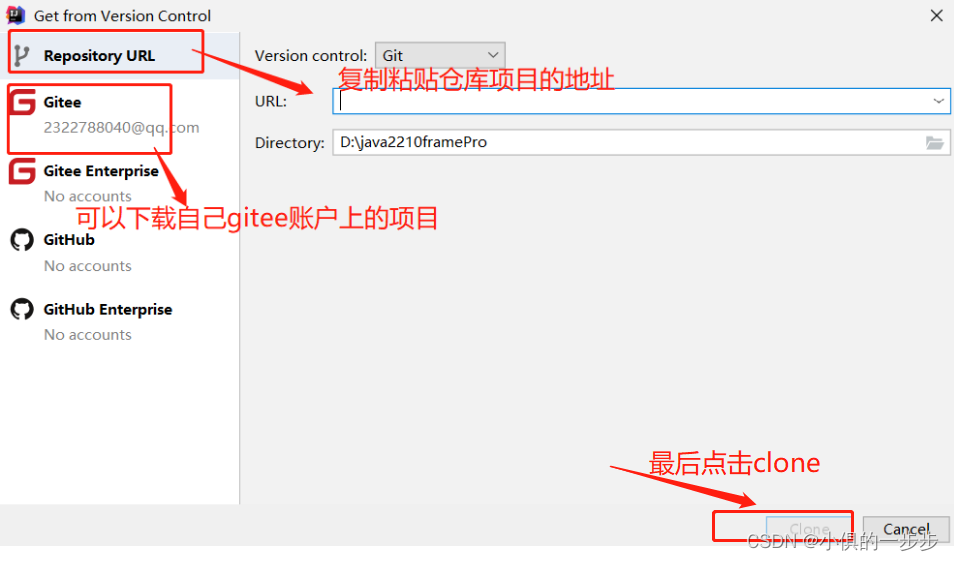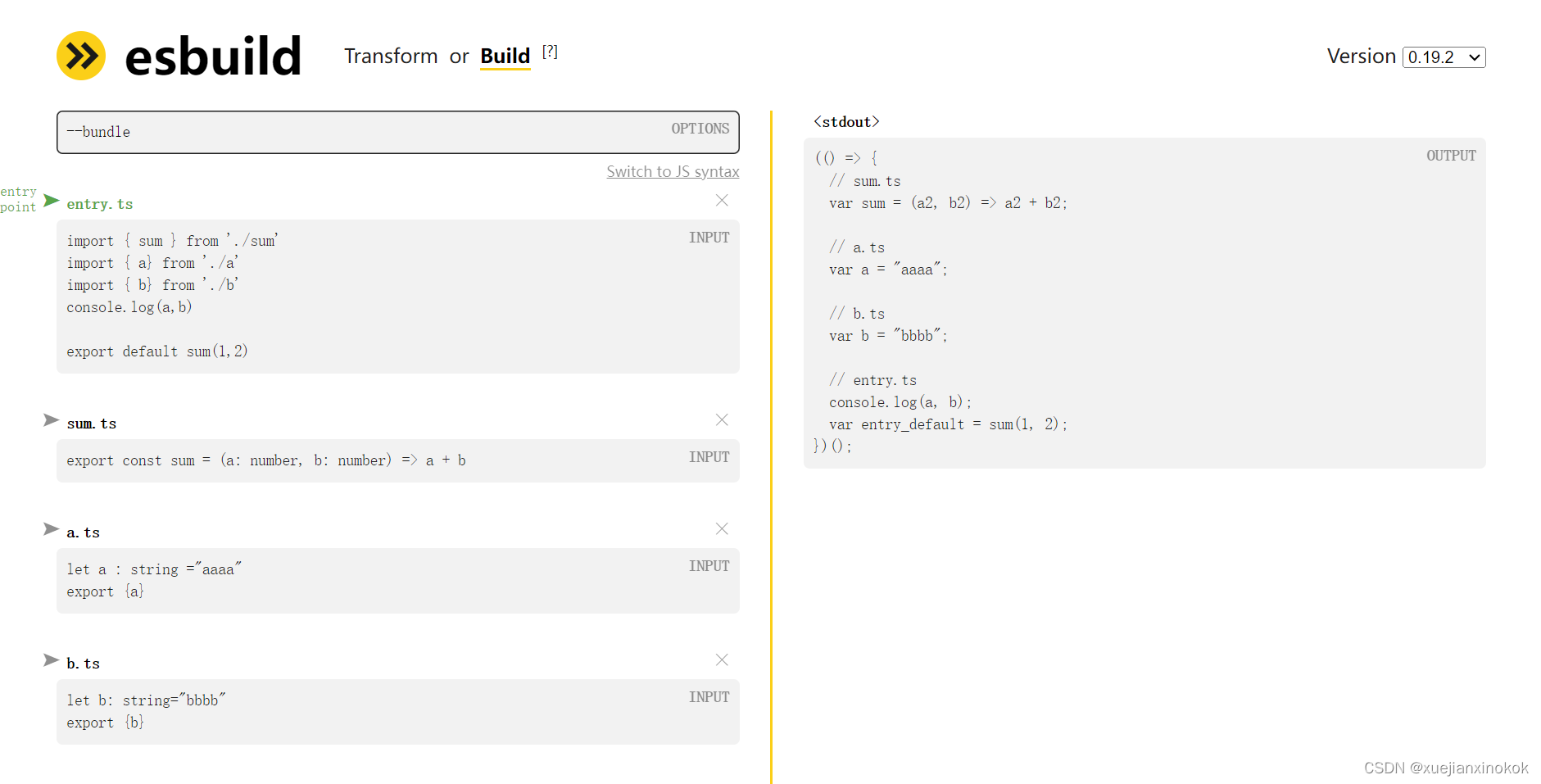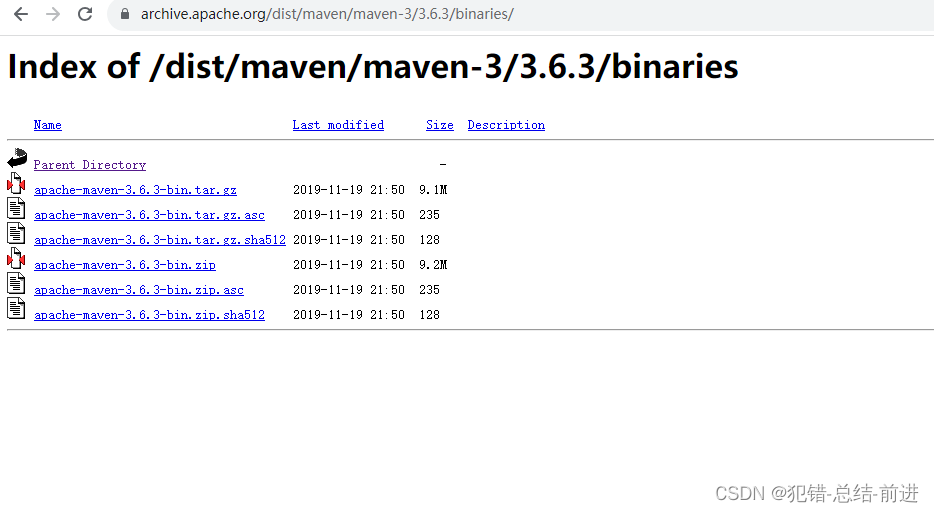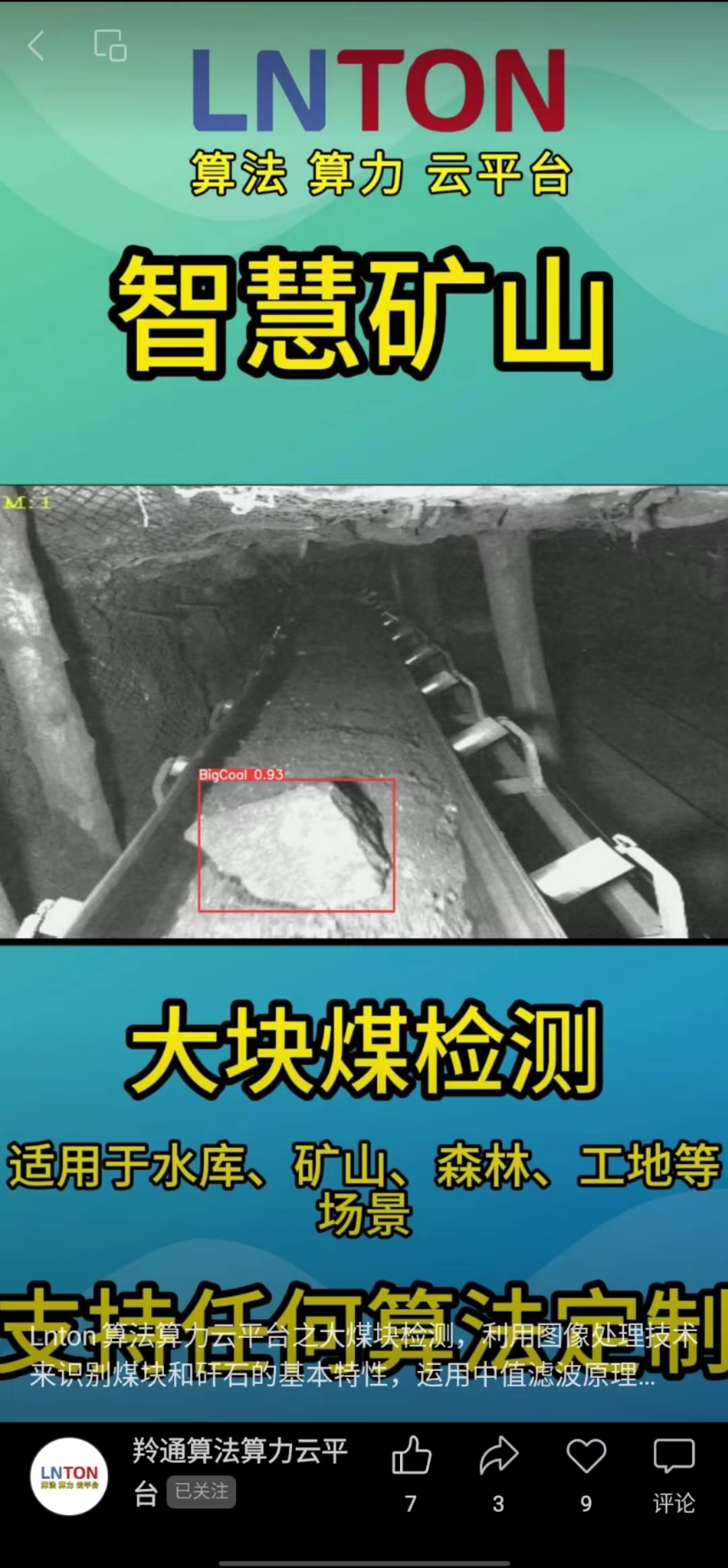一、概念
适配器模式(Adapter Pattern):这个模式就是用来做适配的,它将不兼容的接口转换为可兼容的接口,让原本由于接口不兼容而不能一起工作的类可以一起工作。
应用场景:适配器模式是一种事后的补救策略,我们在设计初期,就应该尽量规避掉接口不兼容的问题。
二、实现
这里借鉴了参考文章的例子,电源适配器。正常插排提供的电压是220V,但是我们的电子设备可能只需要5V电压,所以厂商会提供一个充电器,这个充电器就是适配的作用。
适配器模式有两种实现方式:类适配器和对象适配器。其中,类适配器使用继承关系来实现,对象适配器使用组合关系来实现。
- 类适配器
1、目标接口
public interface PowerTarget {
int output5V();
}
2、被适配类
public class PowerAdaptee {
private int output = 220;
public int output220V() {
System.out.println("电源输出电压:" + output);
return output;
}
}
3、类适配器
public class ClassPowerAdapter extends PowerAdaptee implements PowerTarget{
@Override
public int output5V() {
int output = output220V();
System.out.println("原始的电压: " + output);
output = output / 44;
System.out.println("适配后电压: " + output);
return output;
}
}
4、测试类
public class Client {
public static void main(String[] args) {
ClassPowerAdapter classPowerAdapter = new ClassPowerAdapter();
classPowerAdapter.output5V();
}
}
5、运行结果:

- 对象适配器
1、对象适配器
public class ObjectPowerAdapter implements PowerTarget {
private PowerAdaptee powerAdaptee;
public ObjectPowerAdapter(PowerAdaptee adaptee) {
this.powerAdaptee = adaptee;
}
@Override
public int output5V() {
int output = powerAdaptee.output220V();
System.out.println("原始的电压: " + output);
output = output / 44;
System.out.println("适配后电压: " + output);
return output;
}
}
2、测试类
public class Client {
public static void main(String[] args) {
ClassPowerAdapter classPowerAdapter = new ClassPowerAdapter();
classPowerAdapter.output5V();
System.out.println("---------------------");
ObjectPowerAdapter objectPowerAdapter = new ObjectPowerAdapter(new PowerAdaptee());
objectPowerAdapter.output5V();
}
}
3、运行结果:

- 两种实现的使用场景
1、如果 Adaptee 接口并不多,那两种实现方式都可以。
2、如果 Adaptee 接口很多,而且 Adaptee 和 ITarget 接口定义大部分都相同,那我们推荐使用类适配器,因为 Adaptor 复用父类 Adaptee 的接口,比起对象适配器的实现方式,Adaptor 的代码量要少一些。
3、如果 Adaptee 接口很多,而且 Adaptee 和 ITarget 接口定义大部分都不相同,那我们推荐使用对象适配器,因为组合结构相对于继承更加灵活。
如果接口不多,我个人觉得对象适配器更好些,因为在调用的时候会把被适配器类传递进去,这样看代码的时候就能知道是对哪个类进行了适配,以后修改的时候也会注意。
参考文章:
适配器模式(adapter pattern)
极客时间《设计模式》(王争)
